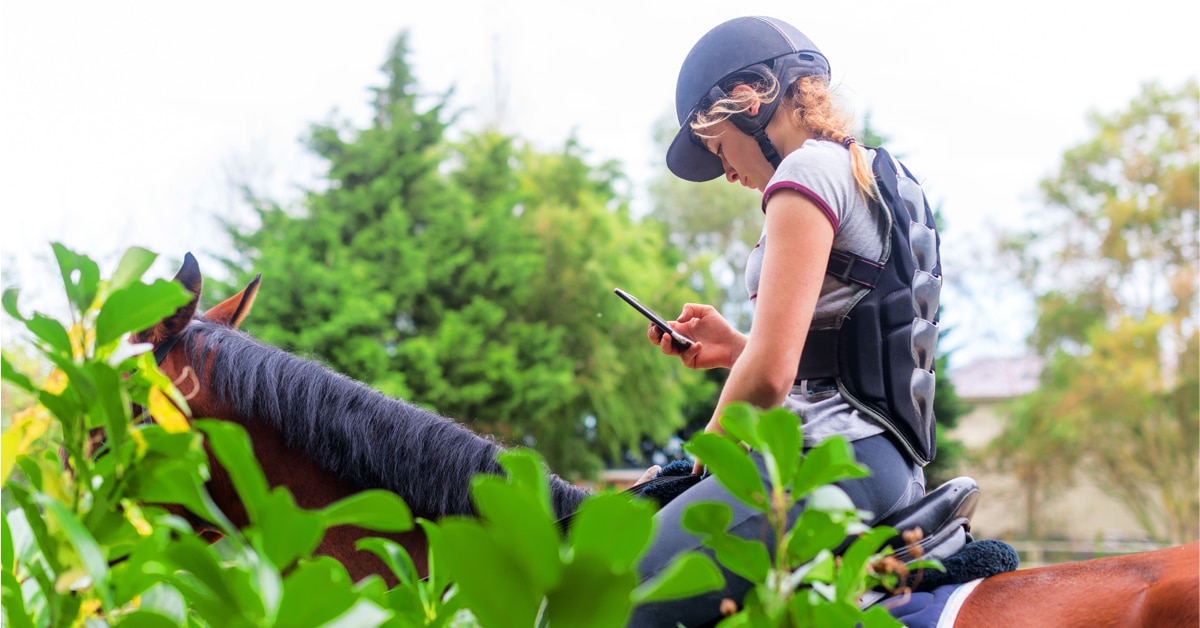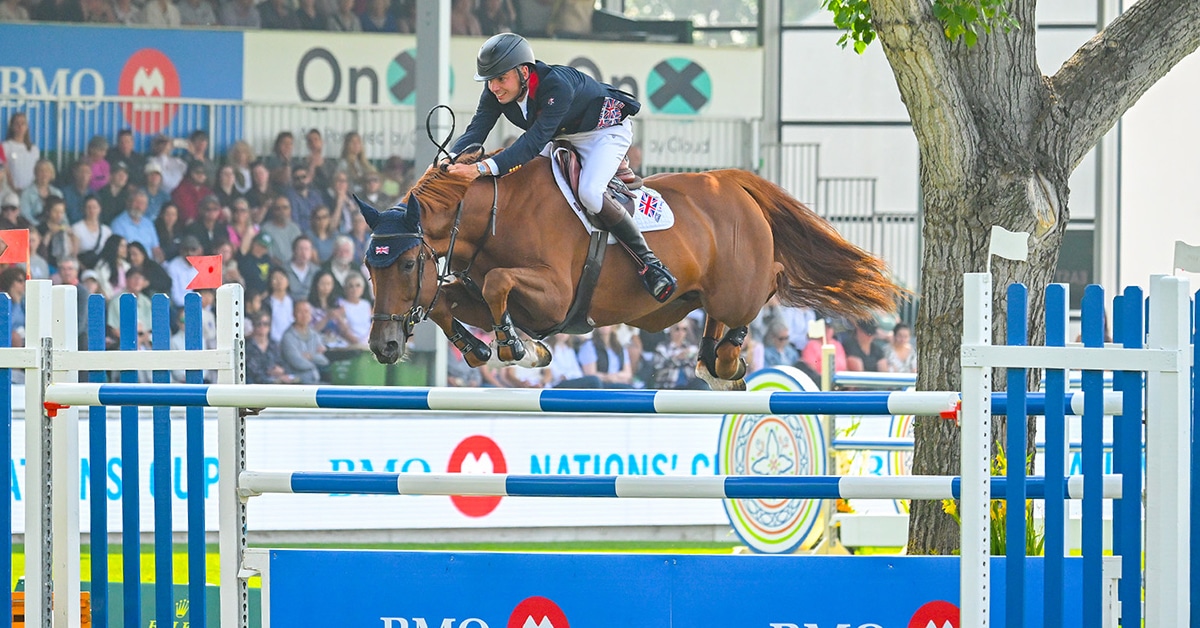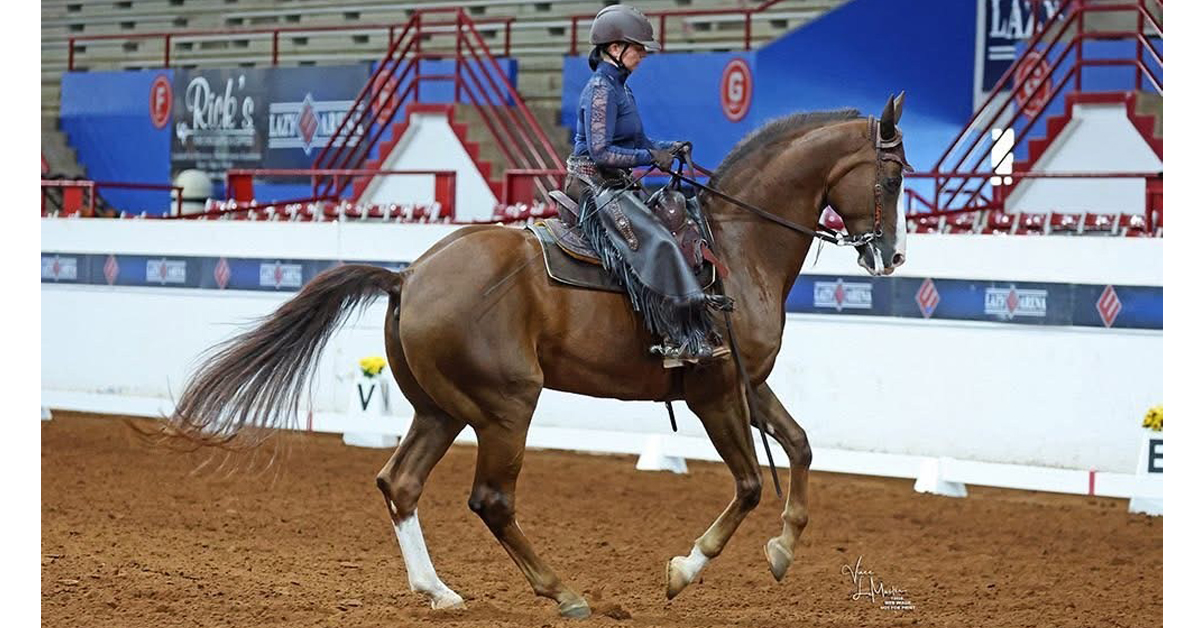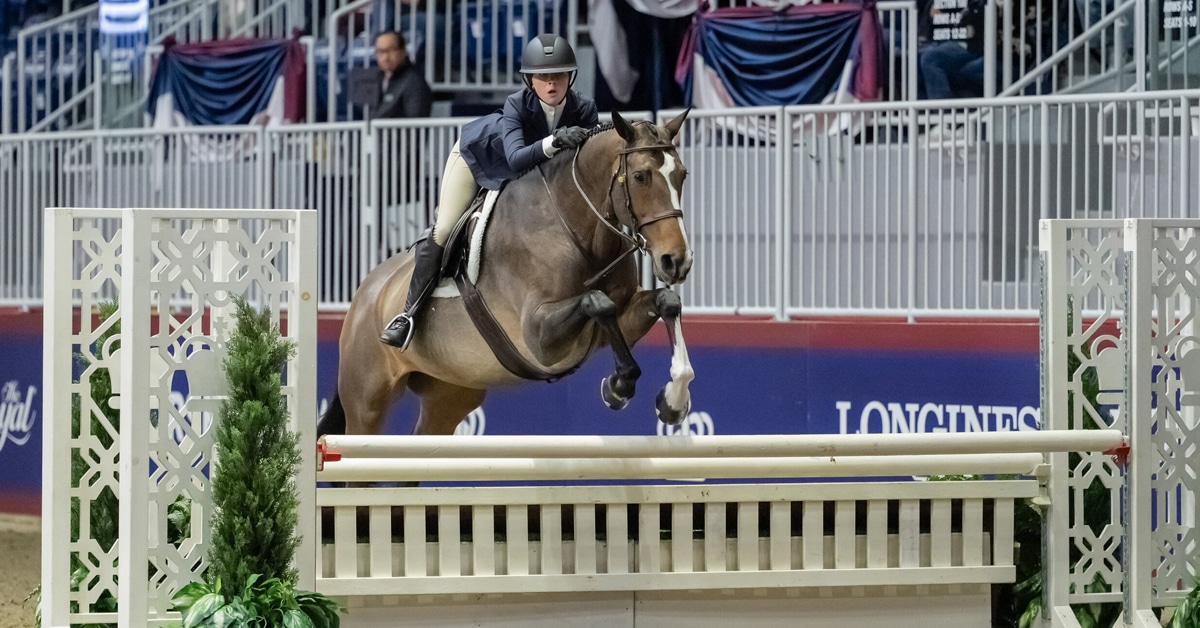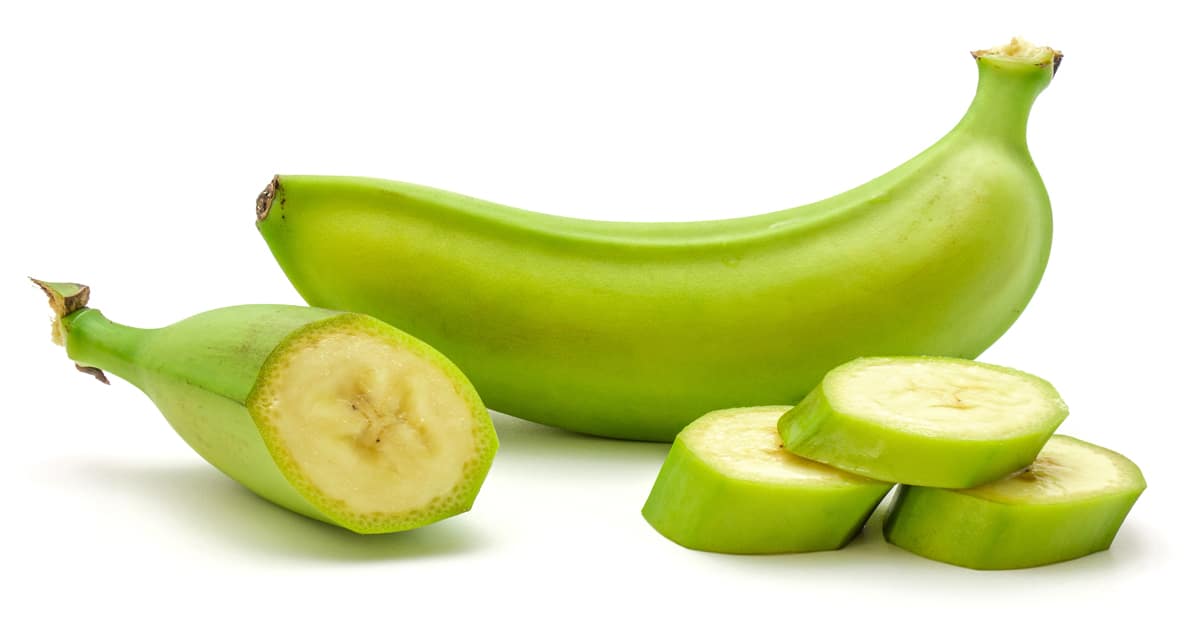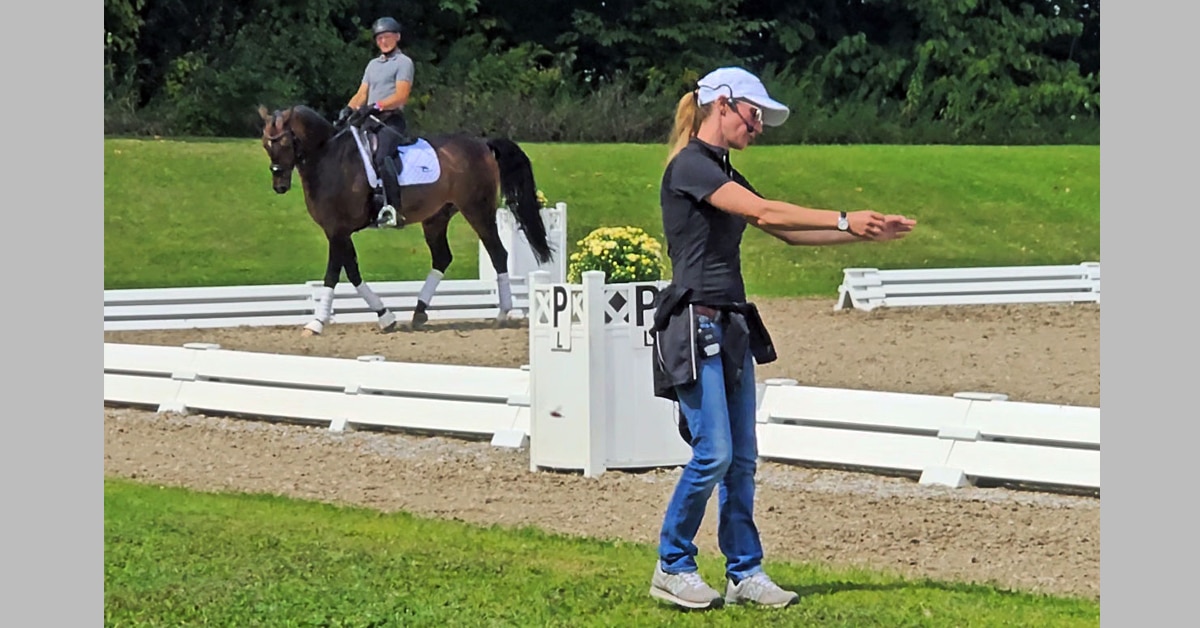German Olympian Helen Langehanenberg is one of the world’s most accomplished dressage riders, known for her precision, elegance, and deep connection with her horses. Following a recent clinic in Canada organized by Christilot Boylen and hosted at Stirling Hill in Schomberg, Ontario, she spoke with HorseSport.com about her Olympic memories, her philosophy on partnerships with horses, and her perspective on some of the biggest debates in dressage today.
HS: What is your favourite memory from Aachen?
Helen: Just three weeks after giving birth to my second daughter, I competed with Damsey at the CDIO5* in Aachen. Originally, I wanted to ride the four-star tour, but then one horse wasn’t able to compete and [team coach] Monica [Theodorescu] said to me that I have to ride the five star.
(Editors note: Helen rode Damsey FRH and placed third in the Aachen CDIO5* Nations Cup Grand Prix)
Looking back, what is your most vivid memory from winning silver at the London Olympics?
It might surprise you, but my strongest memory isn’t of the medal itself. When we first arrived in London, we went to the stadium to pick up our accreditation. Walking into the arena on foot, I suddenly remembered how, as a child, I dreamed of competing for Germany at the Olympics. Coming from an ordinary background with no family in horses, it felt impossible. Yet there I was, standing in the Olympic stadium — it was incredibly emotional. Later, winning silver with Damon Hill as part of a young, inexperienced team was beyond anything I could have imagined.
How do you explain the connection with a horse to someone who has never ridden?
I often compare it to dancing. You and your partner must know each other inside out, anticipate each other’s next step, and work as one. The only difference is that in dressage, your partner is an animal, and the communication is non-verbal. That makes the partnership even more special.
With so many achievements, what is the toughest lesson you’ve learned?
That you can only ever be as good as your horse on that particular day. Success is always about the partnership, and some days it simply doesn’t come together no matter what you’ve done before. Accepting that reality is one of the hardest lessons.
One of the hottest debates in dressage is over double bridles, which are required in FEI competition. What’s your view?
Used correctly, a double bridle does not harm the horse. You can ride with a soft hand in a double just as you can in a snaffle. Dressage is a traditional sport, and the double bridle has always been part of that tradition, like the top hat once was. That said, I personally love riding in a snaffle, too. Some horses go better in a double, others in a snaffle. Before making changes, I think decisions should be based on proper scientific evidence, not just opinion.
Rollkur has also been a source of controversy. What’s your stance?
First, I think we need to be clear on definitions. Originally, rollkur meant riding a horse with its nose pulled between its front legs. That is wrong. But if a horse is slightly behind the vertical, that’s not necessarily abusive ‒ it depends on the overall picture, the lightness, and the correctness of the riding. For me, the focus should always be on correct, classical riding, not just one snapshot of head position.
Early in your career, success meant making the Olympic team. What does success mean to you now?
I’ve already achieved more than I ever dreamed. Now I find joy in training and developing young horses, teaching them and watching them grow. If that leads me back to the top level, wonderful, but I’m not chasing it. I’m relaxed, grateful, and very happy with where I am.
The Latest
